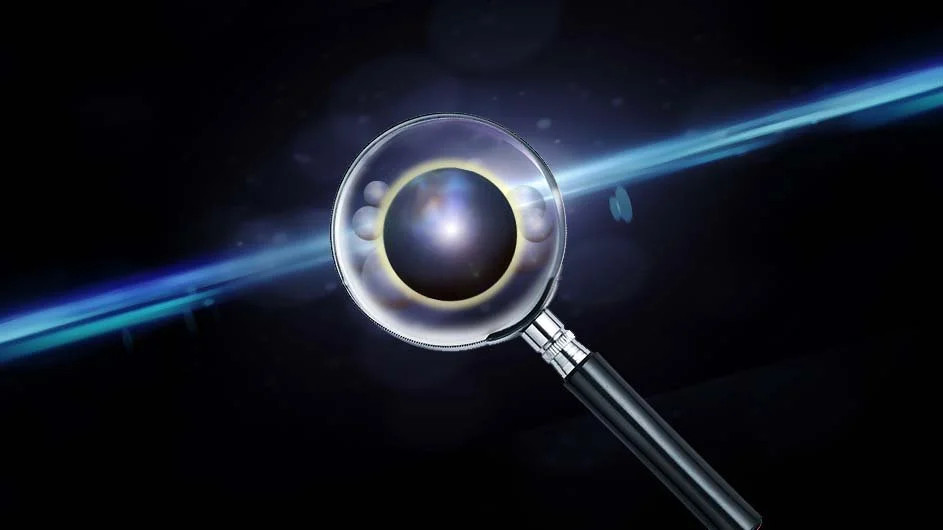History
The CNI builds upon a long history of multidisciplinary research across the traditional Columbia University academic departments, starting with the Columbia Radiation Laboratory (CRL), which was founded in 1942 under the leadership of Prof. I. I. Rabi. This research center carried out groundbreaking research in radar development to meet important national needs. CRL explored fundamental aspects of microwave propagation leading to the invention of the MASER and the award of a Nobel Prize to Professor C. H. Townes in 1964. CRL assumed a leadership position in the study and development of lasers leading to the establishment of the field of quantum electronics. It continued as a vital research organization through the 1980’s and 1990’s under the leadership of Prof. Richard Osgood (Electrical Engineering) and Prof. George Flynn (Chemistry). In 2000, CRL changed its name to Center for Integrated Science and Engineering (CISE) to reflect the nature of the continuing research program.
CISE led in the development of new concepts in Nanotechnology through a Materials Research Center, through the NSF-sponsored Nanoscale Science and Engineering Center (NSEC), through the DOE-sponsored Energy Frontier Research Center (EFRC), and through numerous additional programs. Under the leadership of Prof. Horst Stormer, Prof. Ronald Breslow, Prof. Tony Heinz, Prof. Colin Nuckolls, and Prof. Louis Brus, these research programs provided a basis for Columbia’s international leadership in the development of new two-dimensional material systems, including graphene.
CISE was restructured financially and organizationally in 2015 as the Columbia Nano Initiative. CNI supports leading-edge faculty research through the management and operation of advanced shared lab facilities and the administrative resources to maintain a leadership role for the future. Read more about CNI’s history here.

